When you’re learning about birds, you’ll come across many myths. For example, some people think that if you touch a baby bird, its parents won’t take care of it anymore. Another common belief is that ostriches hide their heads in the sand when they’re scared.
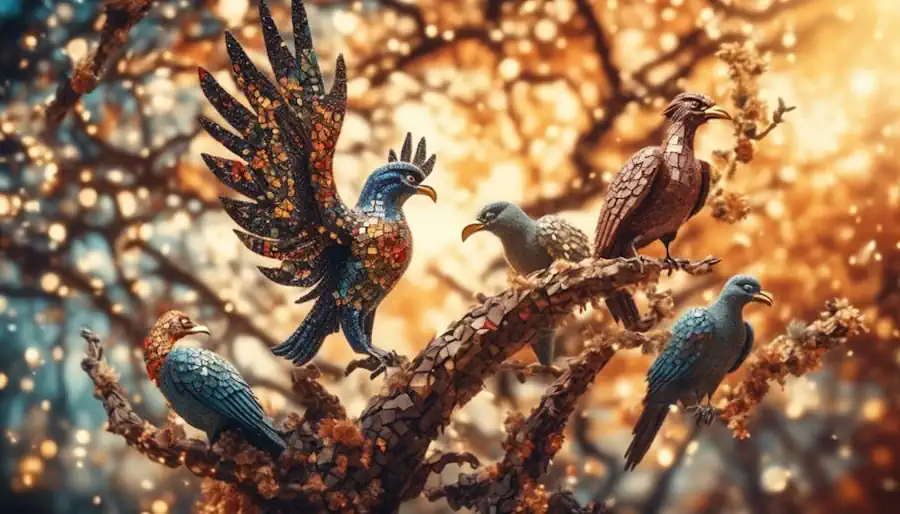
But these stories aren’t true. I’m here to help you understand the real facts. Let’s find out why people still believe these myths and what they’re getting wrong. By learning the truth, you might start seeing the birds around you in a whole new way.
Clearing up Myths
It’s a myth that bird parents abandon baby birds that have been touched by humans. Birds have a poor sense of smell, so they can’t even tell that you’ve touched their chick. This false idea probably started because people wanted to protect young birds by keeping others from handling them.
Another myth is about ostriches burying their heads in the sand. In reality, ostriches don’t do this. They lay their heads on the ground to listen for predators, which might look like they’re hiding their heads from a distance. This misunderstanding could have spread because it’s a memorable image.
As we go through these myths, I’ll help you see why they’re not true and what’s really going on with birds. You’ll learn a lot, and it’ll make you appreciate the birds you see every day even more.
Touching Baby Birds Deters Parents
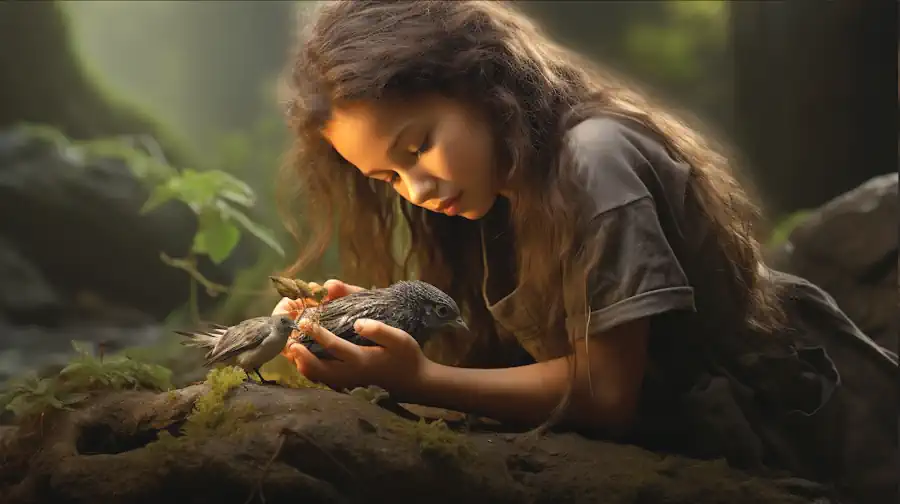
It’s a common mistake to think that if you touch a baby bird, its parents will leave it alone. In truth, most birds can’t smell very well, so they don’t mind if their chicks have been handled by humans. Birds care about their babies and will usually keep looking after them no matter what. This idea that birds will stop caring for their babies if they smell like people isn’t true.
Birds put a lot of work into making their nests and laying eggs, so they don’t give up on their young just because something small happens. Of course, if there’s a lot of danger or big problems, birds might have to think about moving. But it’s still best for us to avoid bothering wild animals so they can act the way they naturally do.
For example, if you find a baby bird that has fallen out of its nest, it’s okay to put it back if you can do so safely. The parent birds will likely continue to take care of it. Remember, the goal is to preserve nature and not disrupt it. So, while it’s okay to help in small ways, it’s crucial to keep our distance and not disturb wildlife homes.
Ostriches Hide Their Heads
Contrary to what many people think, ostriches don’t hide their heads in the sand. People used to think this because they saw ostriches lying flat and stretching their necks out on the ground when they were scared.
Ostriches are good at surviving in their homes in the wild. They have strong legs that help them run fast—at speeds of up to 70 kilometers per hour—which helps them escape danger on the plains of Africa.
If running away isn’t possible, ostriches have another smart way to protect themselves. They press their necks to the ground, which helps them look like part of the landscape and can trick predators into thinking they’re not there. This clever trick shows how well ostriches have learned to live in their environment.
They don’t try to hide by burying their heads; instead, they use their speed and smart behaviors to stay safe.
Goldfish Memory in Birds
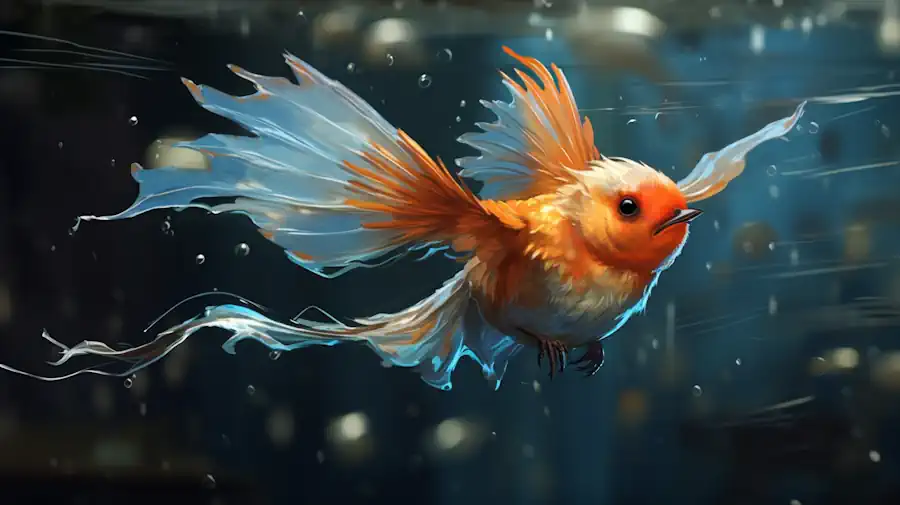
It’s a common belief that birds have short memories, similar to goldfish. However, research shows that birds are actually very smart.
For example, Clark’s Nutcracker can remember where it hides thousands of seeds for months. Birds like crows and parrots can do things that are as impressive as what monkeys can do. They can solve hard puzzles, remember people’s faces, and even think about what they’ll need in the future. This shows that birds have strong memories.
Birds are very smart in many different ways, just like there are many different kinds of birds.
All Birds Migrate South
It’s a common mistake to think all birds fly south when it’s cold, but actually, many stay where they are or have different ways of dealing with winter. Some birds can handle the cold because they grow more feathers to keep warm, and others use less energy to stay alive when it’s chilly.
Changes in the weather, like global warming, can make birds change their winter plans. They might not go as far south, stay closer to the ground, or even stick around their home area if it’s still nice there. Knowing how birds move around is important because it helps us understand how they live and keeps different kinds of birds around.
Here are some clear examples: Ducks might grow a thick layer of down to stay warm, and chickadees change how they eat to save energy. And instead of flying to faraway places, robins might just move to a nearby valley if they can find food there.
Feeding Birds Bread Is Beneficial
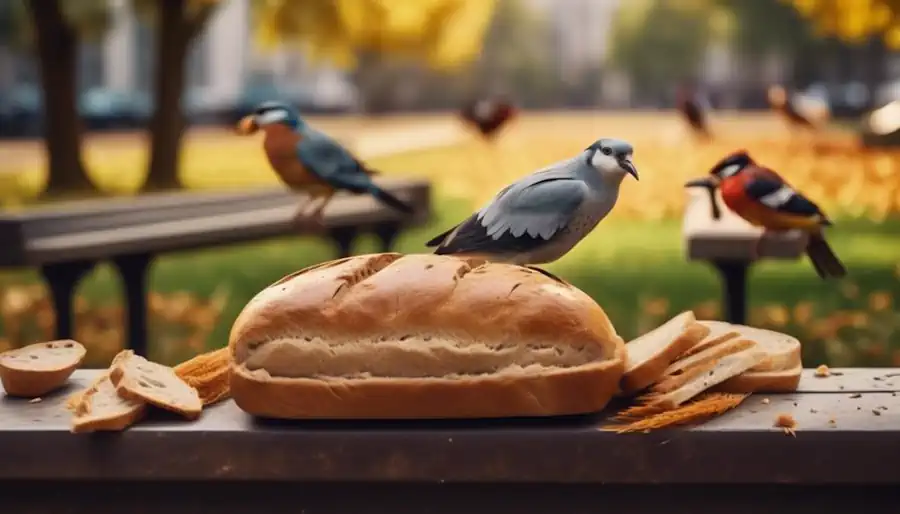
Offering bread to birds might seem like a kind gesture, but it can actually be harmful to them. White bread, for example, doesn’t have the important nutrients that birds need. It can fill them up so that they don’t have room for nutritious foods, make them overweight, and cause health problems. Since bread doesn’t have the right proteins, fats, vitamins, and minerals, birds might not get what they need to stay healthy.
Instead, it’s better to give birds things like seeds, fruits, and nuts. These foods are much better for them and help them stay healthy. For example, sunflower seeds are a great choice because many birds like them and they’re full of good nutrients. Making sure birds have natural places to find food is also important. This helps them get the variety of foods they need to live and helps keep nature in balance.
Ducks’ Quacks Don’t Echo
The common belief that a duck’s quack doesn’t echo is wrong. Sound echoes happen when noises bounce off surfaces, and this includes the sound a duck makes. Sometimes we mightn’t hear the echo of a duck’s quack because it’s a soft sound, but it does echo.
Scientists have done tests and proven that ducks’ quacks echo just like any other sound. When you know how sound works, you’ll understand that all sounds, including ducks’ quacks, can echo.
To make sure you get it, think about this: when you shout in a big empty room or a cave, you hear your voice come back to you. That’s an echo. Ducks’ quacks do the same thing, even if we don’t always notice it.
Birds Abandon Scented Nests
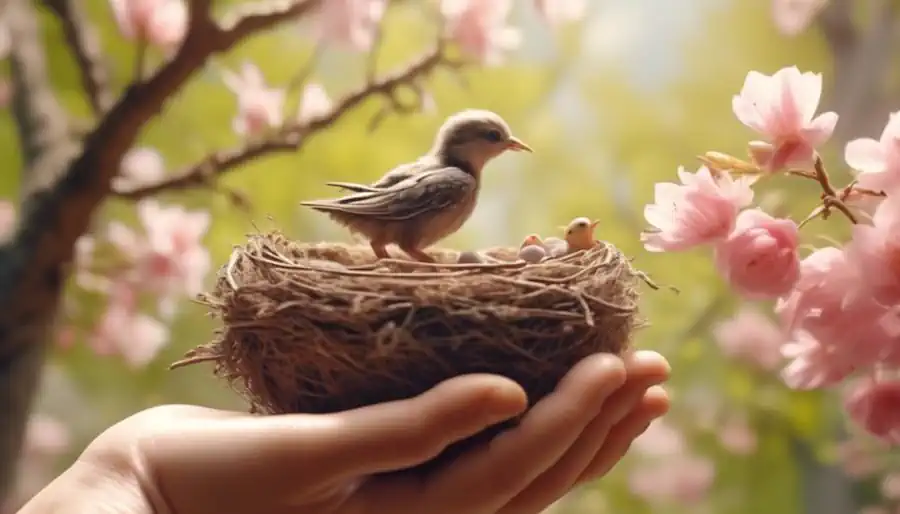
Most people think birds leave their nests if they smell humans, but that’s not true. Birds don’t use their sense of smell to recognize their nests. They remember where their nests are by what they look like and where they’re placed. This is how they make sure their eggs and chicks are safe.
Birds stay away from predators by blending in with their surroundings, staying quiet, and building nests in hard-to-reach places. They don’t rely on hiding their scent. They also change the way they build nests to deal with different dangers in their homes, so even new smells don’t bother them much.
For example, a robin might use the color and texture of leaves to camouflage its nest among the branches, or a penguin might build its nest in a spot that’s hard for other animals to get to. These are smart ways birds keep their nests safe without needing to worry about smells.
Birds Explode From Rice Consumption
The idea that birds are in danger if they eat rice isn’t true. Some people think that if birds eat uncooked rice, their stomachs will blow up. This isn’t correct. Birds have strong stomachs that can handle eating hard things like grains and seeds. So, they can eat uncooked rice without any problems.
Many people believe that throwing rice at weddings is bad for birds, but this isn’t true. Birds aren’t harmed by this tradition. It’s important to know that birds can safely eat rice because believing they can’t may stop people from feeding them rice for no reason.
Let me make it clearer: Birds eat hard food like seeds all the time. That means their bodies are ready to digest rice without any trouble. Throwing rice at weddings is just a fun custom and doesn’t hurt birds at all. Knowing this helps us understand that we don’t need to worry about feeding birds rice, and we can enjoy wedding traditions without fear.
Owls Can Rotate Their Heads 360
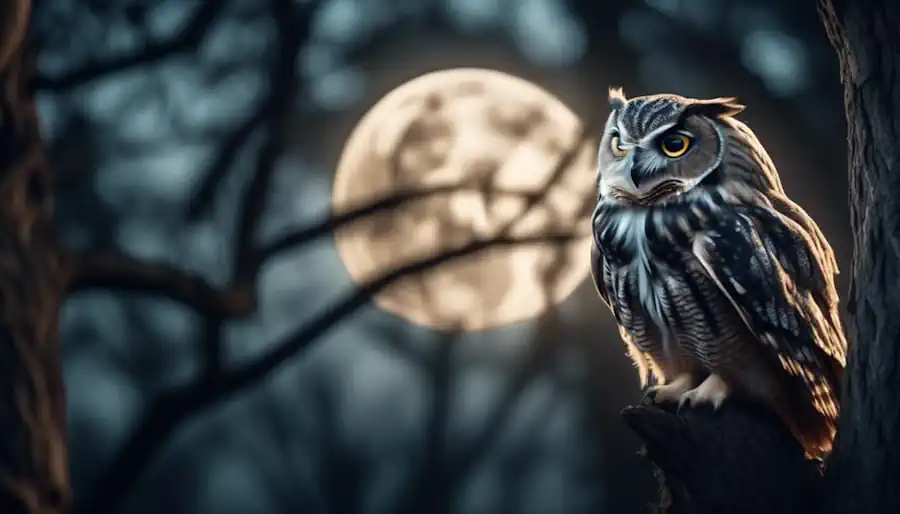
Owls have a special ability to turn their heads up to 270 degrees to the left or right, but they can’t turn their heads all the way around in a full circle. This is because their necks have more bones than ours, making them very flexible.
This head-turning skill is very important for owls because they need to look around for food without moving their whole body. Since their eyes can’t move much in their sockets, being able to turn their heads so far helps them see everything around them. This is a smart way that owls have changed over time to be better hunters.
They can quickly spot and catch things to eat, like mice, without having to turn their entire body around, which could scare their prey away.
Last Thoughts
Having explored these myths about birds, it’s important to understand that accurate knowledge helps us better care for them. It’s crucial to replace myths with facts because each bird species has unique behaviors and needs that we should be aware of. Instead of believing and spreading myths, we should learn and share scientific information. By doing so, we can all help protect birds and their habitats.
Let’s remember that the more we know about birds, the better we can appreciate and support them. So, as we learn more about these amazing creatures, let’s make sure to share our knowledge with others. Being informed about birds isn’t just good for them—it enriches our own experience with nature too.
